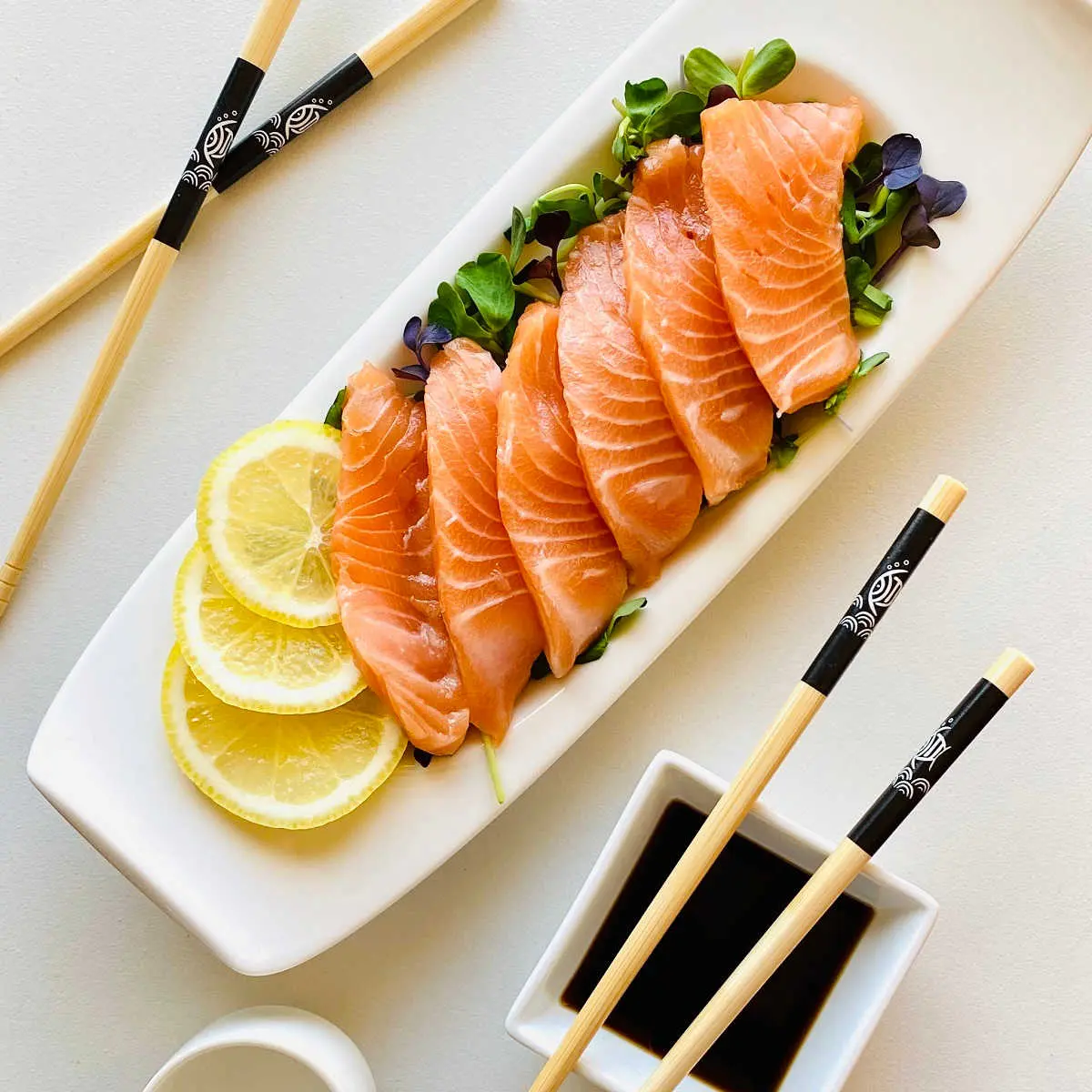Smoked sashimi is a unique culinary experience that combines the delicate flavors of sashimi with the rich smokiness of smoked fish. This innovative technique has gained popularity among food enthusiasts and sushi lovers alike, as it adds a new dimension to the traditional sashimi dish. In this article, we will explore the process of smoking sashimi and how it enhances the flavors of fresh fish.
What is Smoked Sashimi?
Smoked sashimi is a method of preparing raw fish, typically using a cold-smoking technique. Cold smoking involves exposing the fish to smoke at temperatures below 90°F (32°C) for an extended period, usually between 4 to 12 hours. This gentle smoking process infuses the fish with a subtle smoky flavor without cooking it, allowing the natural flavors of the fish to shine through.
Unlike traditional sushi, where the fish is served raw, smoked sashimi offers a unique twist by incorporating the smoky element. It creates a balance between the raw fish's freshness and the complexity of the smoky undertones, resulting in a truly exceptional culinary experience.
The Smoking Process
Smoking sashimi requires precision and attention to detail. The process starts by selecting the freshest fish, such as salmon, tuna, or yellowtail, which are commonly used in sashimi preparations. The fish is carefully filleted, ensuring that any bones or skin are removed.
Once the fish is prepared, it is time to create the smoky magic. A mixture of wood chips, such as applewood or hickory, is placed in a smoking chamber. The fish fillets are then carefully arranged on racks inside the chamber, ensuring that they are not touching each other.

The smoking chamber is set to a low temperature, and the fish is exposed to the smoke for several hours. The slow smoking process allows the fish to absorb the flavors of the wood chips while maintaining its raw texture. The result is a perfectly smoked sashimi with a delicate smoky aroma and a melt-in-your-mouth texture.
Enhancing the Flavors
Smoking sashimi not only adds a smoky flavor but also enhances the natural flavors of the fish. The smokiness acts as a complement to the fish's inherent sweetness and richness, creating a harmonious combination of flavors.
The smoking process also imparts a subtle earthiness to the fish, which adds depth to the overall taste. This complexity makes smoked sashimi a popular choice for those who appreciate a more robust and unique flavor profile.
Moreover, the smokiness can help balance out the fattiness of certain fish varieties, such as salmon or mackerel. The smoky undertones cut through the richness, resulting in a well-rounded and satisfying culinary experience.
Is smoked sashimi safe to eat?
Yes, smoked sashimi is safe to eat as long as it is prepared using fresh, high-quality fish and proper smoking techniques. The smoking process helps preserve the fish by inhibiting the growth of bacteria and other microorganisms.
Can I smoke sashimi at home?
Yes, it is possible to smoke sashimi at home with the right equipment and knowledge. However, it is essential to follow proper food safety guidelines and smoking techniques to ensure a safe and delicious result.
What are some popular fish choices for smoked sashimi?
Salmon, tuna, and yellowtail are popular choices for smoked sashimi due to their firm texture and mild flavors. However, other fish varieties can also be used, depending on personal preferences.
In Summary
Smoked sashimi is a delightful twist on traditional sashimi, incorporating the smokiness of the cold smoking process. This technique enhances the flavors of fresh fish by adding a delicate smoky aroma and complexity to the dish. With the right ingredients and smoking techniques, smoked sashimi offers a unique and memorable culinary experience for sushi and seafood lovers alike.
If you want to know other articles similar to Enhancing fresh fish: the delight of smoked sashimi you can visit the Smoking category.


Related Articles